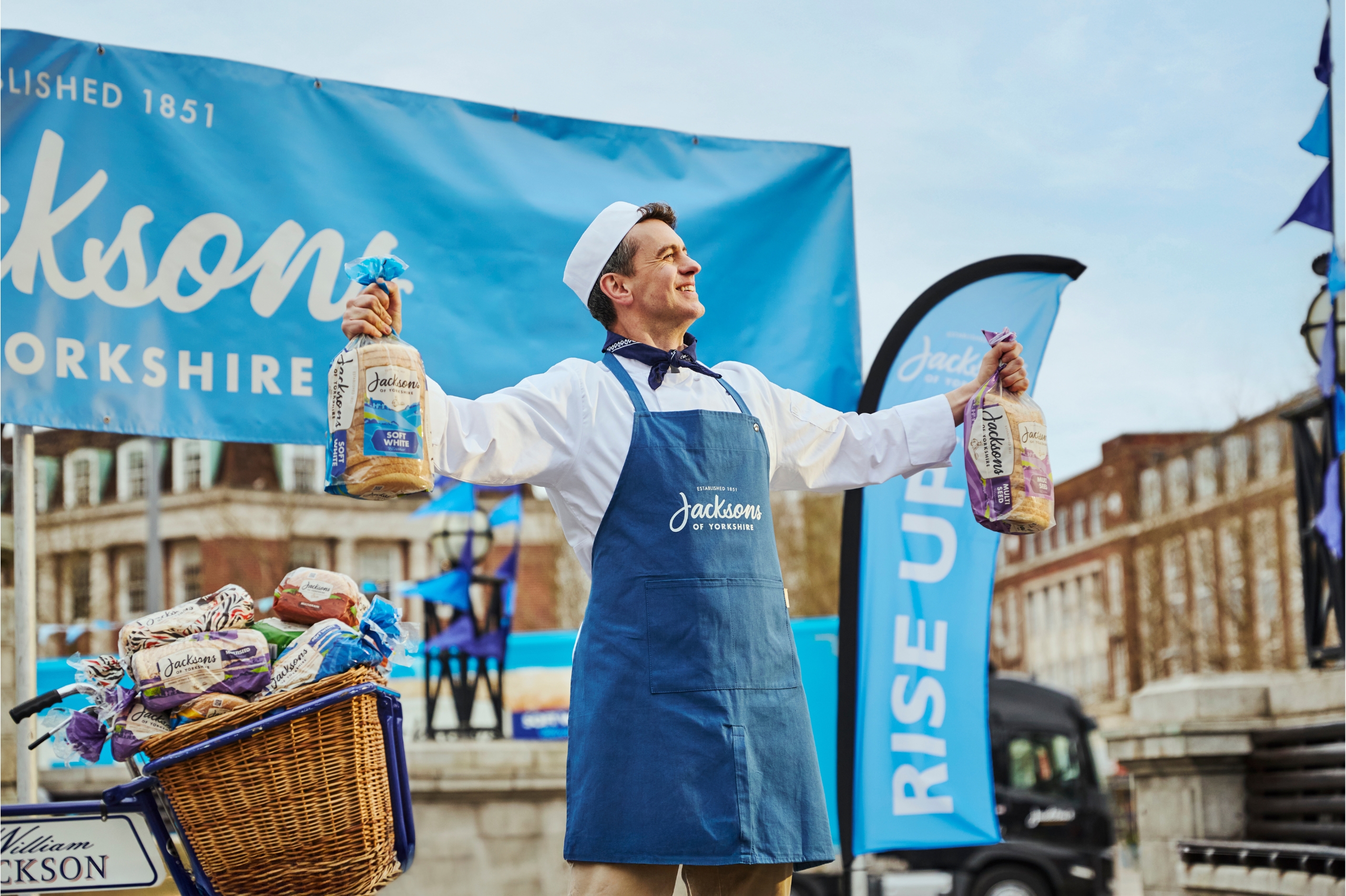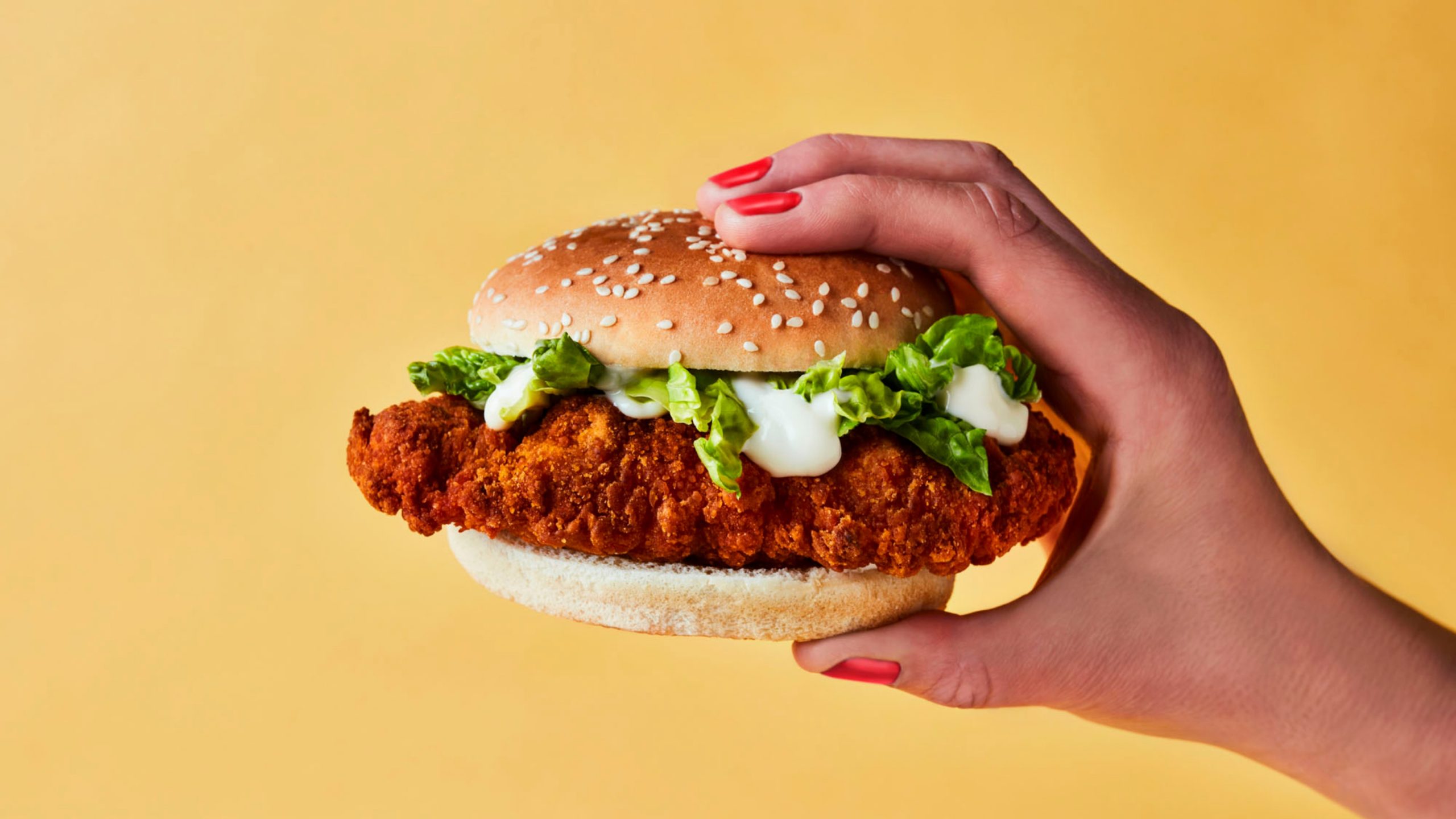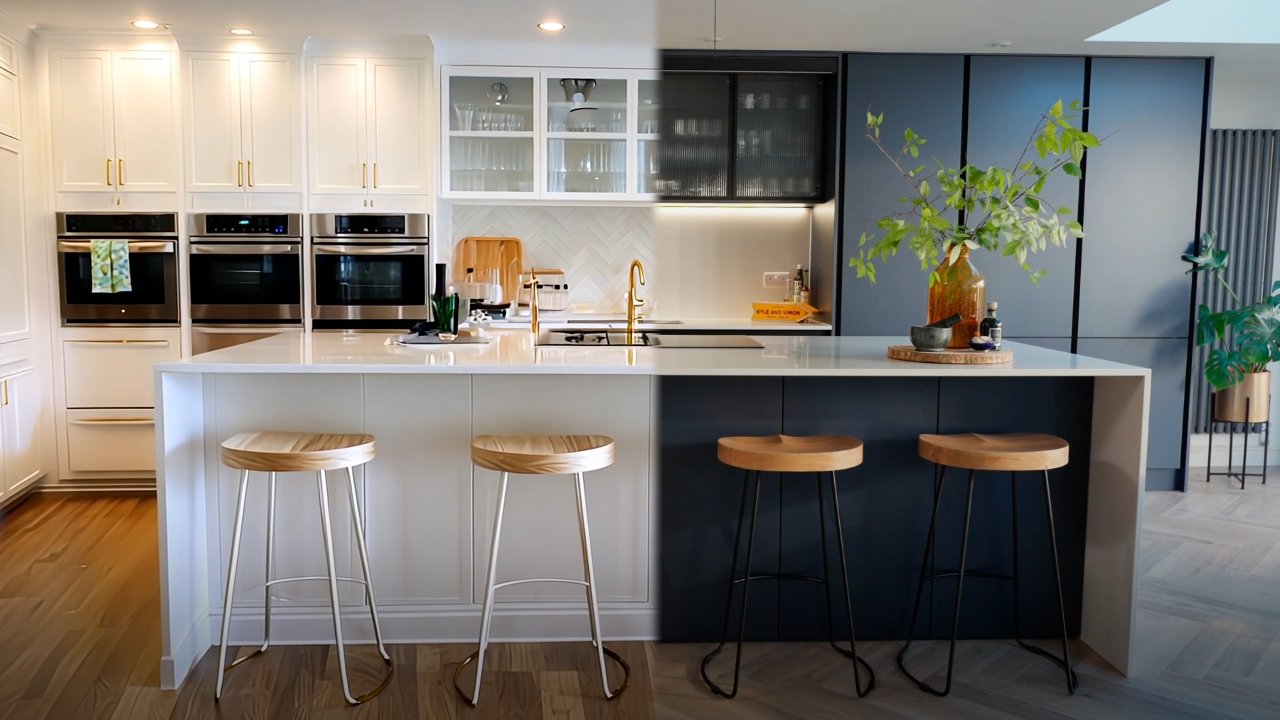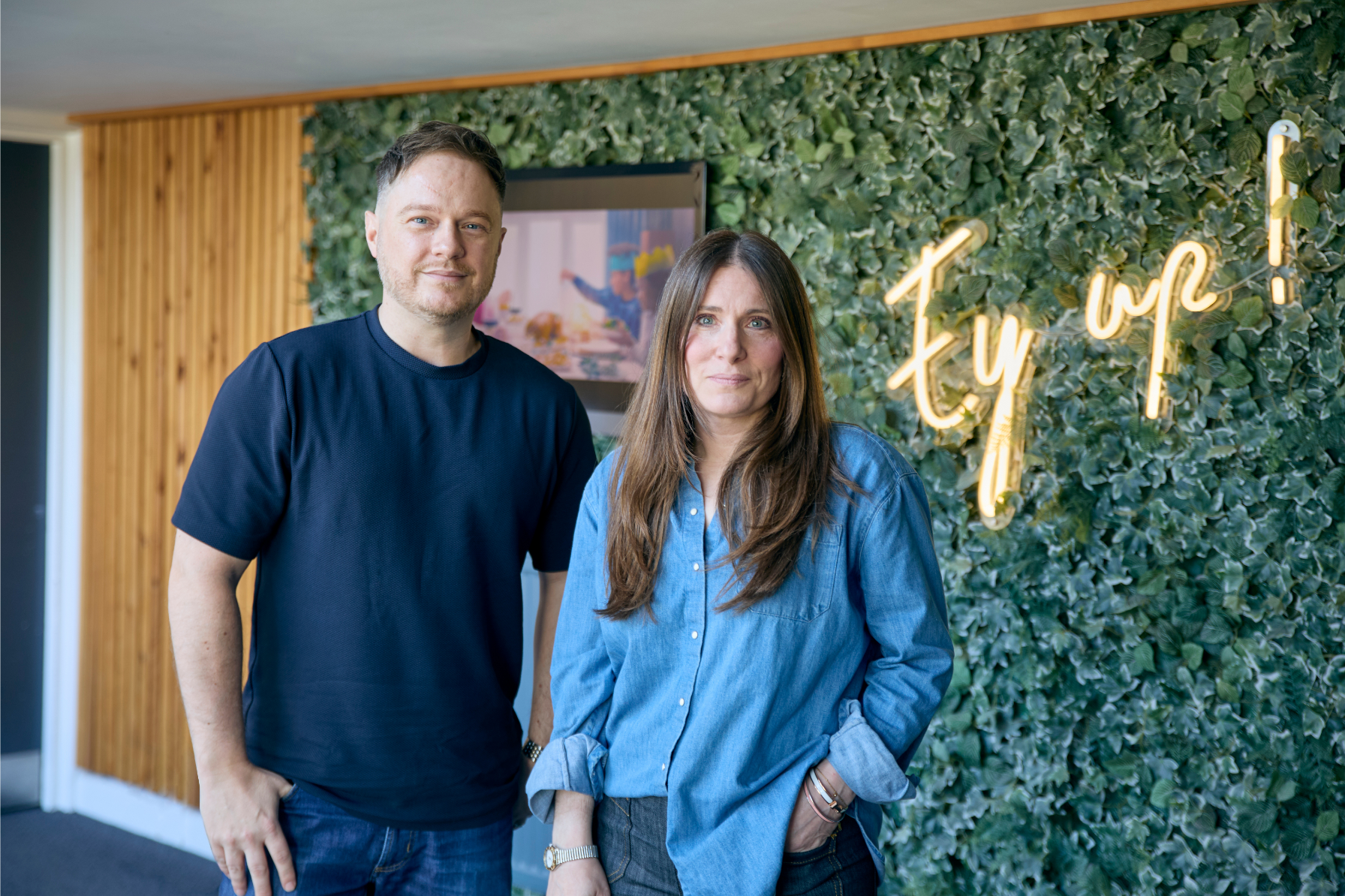Why process should no longer be a dirty word in design
Design and process rarely sit comfortably together. While one is rooted in creative flair, intuition and art, the other is driven by science, methodology and clinical thinking. So, it’s no wonder that many creatives continue to see process as a “dirty” word.
In this article, our Head of Operations, Lee Warcup, delves into the importance of process in creative endeavours.
About this post
Published
Author
March 4, 2024
Maite Gonzalez
I initially delved into this subject in detail back in 2019. Nothing could have prepared us for the years to come. As we navigate 2024, dealing with the effects of these tough years, I’m looking ahead with optimism. Revisiting this topic with a fresh perspective, I find that many of its themes remain relevant today in the creative industries.
The perception of process.
Creativity and process rarely sit comfortably together. While one is rooted in style, flair, intuition and art, the other is driven by science, methodology and clinical thinking. So, it’s no wonder that many in creative industries continue to see “process” as a dirty word.
In an industry that prides itself on artistic freedom, process is often seen as a restrictive rulebook that stifles creativity, undermines spontaneity, and overburdens studios with the mundane. For too many, process, is merely another administrative shackle that they can live without.
The root of this distrust could lie in our preconceptions of what we believe a creative agency should be. Many creative graduates and start-ups have romantic notions of entering an industry that is free from creative constraints. So, formal processes instantly seem like a step backwards and an unwelcome symbol of conformity.
Additionally, adverse consequences can arise from incorrect procedures within the creative industries. Consider, for instance, the adoption of a “design by committee” mentality in response to the heightened public awareness of trends, brand launches, and visual arts as a whole. As the public’s interest in any creative has grown, so has the inclination to critique and offer opinions on creative initiatives and agency endeavours. The realm of creative criticism has evolved into a spectator sport where anyone can participate (such is the power of the vast social outlets at our disposal). More and more, individuals lacking creative industry expertise are entering the arena, expressing opinions on the work of prominent creative professionals and exerting pressure on creatives to incorporate cues and methodologies from other social and business domains both good and bad.
Today, design is increasingly a battleground in which process is pitched directly against creative expression.
Process re-designed.
However, times have changed significantly – at an unprecedented speed. Day by day, we have seen businesses struggle to make ends meet, never mind deliver amazing creative. The world around us becomes even more impatient and cost-sensitive. Clients are demanding more too: from greater agency creativity and higher quality to faster delivery and reduced costs.
To succeed in this new era, we must keep evolving and become more efficient. At the heart of this evolution lies the humble process.
The process of evolution.
Despite the growing need for a new approach and ways to produce creative work, businesses in the past have remained resistant to change. But now there is a need more than ever to look at things differently.
Some may argue they simply don’t have time to implement new ways of working. Others believe that process does not belong in any creative endeavours and are content to sweep it aside. While the reasons may differ, the result is always the same: a critical business challenge remains unanswered.
However, more progressive agencies are already one step ahead. They understand that process is no longer something that can be left on the back burner. They also appreciate that forward planning, organisation and clear direction are all pillars of a thriving, modern business.
The 5 rules of working with process.
Rule#1: Process should never be imposed upon you. It must come from you.
At its heart, process is about having an understanding of the way you work, how you want to work and how best to utilise the skills and tools at your disposal. Simply put, good people “give a shit” about what they do and giving autonomy and ownership can be the best course to take. That’s why the best person to design your processes is often you.
Rule#2: Process can be powerful, positive and endlessly adaptable.
In implementing any process, it’s important to look at the positives and not dwell on the negative preconceptions many of us hold. A robust process can be a reliable framework to build upon and create a culture that actually supports and feeds creativity. Process doesn’t have to be an obstruction or even be a rigid set of rules. A clear and effective approach can flex to the needs of different projects and accommodate good judgment when something needs to change. It should be agile and collaborative what’s more, it can inform and act as a mirror – allowing us to see what is working and where we need to evolve further.
Rule#3: Understand the value of time.
An important consideration in any process is the use of time. In the modern workplace, time is a currency and wasting it can cost everyone. Over-servicing, and/or repeating work due to lack of control can lead to both the client and the agency haemorrhaging money, not to mention the burnout of creative talent. Any agency must understand how to efficiently use time in the studio and across the business. Every agency has the same amount of time in any given day, and controlling that time through process is vital to harness that time effectively.
Process gives you the tools to plan time, structure it, action it and ultimately, do the right thing at the right time!
Rule#4: Use process to be better, not different.
In a famous interview, Jony Ive, on his departure from Apple discussed the false promise of difference:
“To do something different is very easy. I have no interest in that. There’s no motivation that I derive from being different. I’m interested in trying to make things better. I’m interested in trying to develop and craft products and experiences that are characterised by their care and not of carelessness.” Jony Ive – FT
So many creative service agencies talk about how they are different; how they are not like other agencies; and how they can deliver more creative solutions. But let’s be clear, we aren’t that different. We all exist to service a client’s needs and answer the brief.
The mentality of trying to be different often clouds our judgment. The result? Agencies spend so much time trying to stand out, that they overlook the most important consideration…the service. Different for difference’s sake is the wrong mentality. The key is to aim to be better, to be the best, to understand your strengths (and play to them) and the space you occupy.
Ultimately, process enables agencies to assess what works and what can be improved, whether that is an internal operation or a sector of industry. In fact, without process, you simply can’t see the opportunities to make things better.
Rule#5: Process is only the beginning
Having good processes in place is only part of the battle. Having the tools and infrastructure to support your team is equally important. Once you identify the areas that can be improved, you need the resources to be able to improve them.
One example of where this “infrastructure” benefits creative agencies is the use of technology. An understanding of what your studio needs to create innovative creative is key. With the emergence of AI in recent years, being insatiably curious, and keeping up with industry-leading tech is more important than ever. The right tools can assist, accelerate and enhance what we do. Failing to invest in technology could mean talented people are inefficiently used and not able to reach their creative potential.
Process is progress.
In a world that increasingly demands greater efficiency and operational performance, process remains critical. But process doesn’t have to be prescriptive, inflexible or a barrier to creativity. In creative industries, process has long been a dirty word. Now and in the future, it may well be the last word when it comes to enhancing your offering and creating the agency your clients need and creatives really want.





